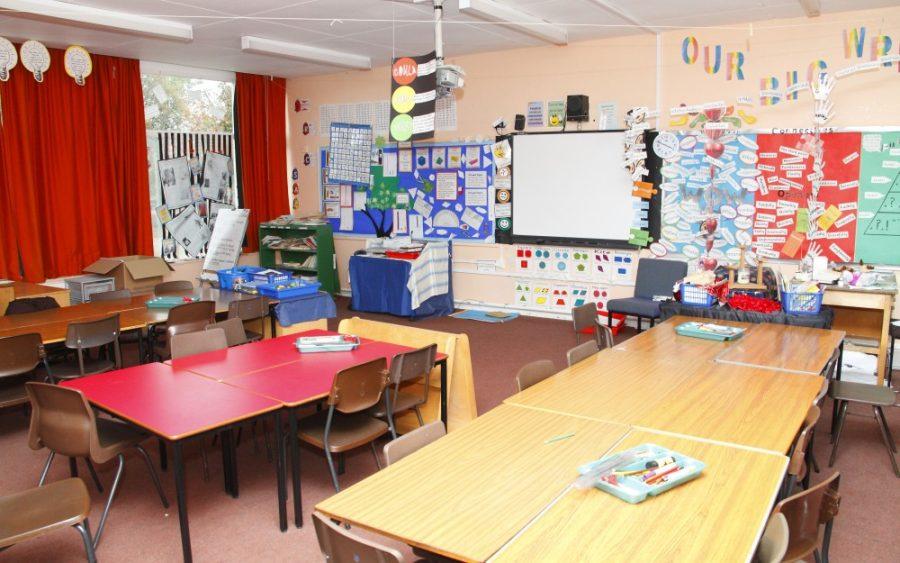For nine days, teachers in West Virginia participated in a mass walkout. They were striking against low pay, austere budgets and a state government unwilling to invest in education. After a week and a half of negotiations, the teachers returned to their posts in exchange for a 5-percent pay increase, a surprising victory for the teachers’ union.
It seems West Virginia is not the only state up in arms over poor investments in public schools, with Oklahoman teachers outraged when an attempt to give them a higher salary was defeated in the Oklahoma State House.
Even Arizona watched the events in West Virginia with bated breath, with Vox reporting, “Thousands of teachers in Arizona showed up to school Wednesday wearing red.” It was a symbol of solidarity with the strike on the other side of the nation. And if we look at the facts, Arizona teachers have lots of reasons to empathize with their West Virginian colleagues.
In 2015, the Washington Post listed states in order of funding for education. Third to last was Arizona, with only $7,208 in per-pupil spending, lower than both West Virginia ($11,132) and Oklahoma ($7,672). Even worse for the state, Arizona currently has the third highest ratio of students to teachers and is predicted to be the highest in the country in the near future, a sign of students not being prioritized by the state government.
The events in West Virginia might be particularly rough for Arizona teachers to watch; West Virginia is No. 48 in the country for paying teachers, while Arizona is No. 49.
The Arizona State House has, in the past, been more likely to support small-scale, low-budget attempts to answer the complaints of teachers. This includes House Bill 2377, which will supply teachers with a $150 tax credit to go toward purchasing school supplies. However, they have been much less interested in addressing the more hard-hitting concerns being raised.
As of today, teachers are only granted a 1-percent raise every year to help combat price inflation. The 5 percent promised to West Virginian teachers, however, has inspired a push for education reform and prioritization nationwide.
As a matter of fact, the explosion in support for “Red for Ed,” the movement in favor of increasing funding for education and supporting similar movements across the United States, has even caught labor leaders by surprise. “I’ve not see this many teachers this frustrated since I’ve been in Arizona,”said Arizona Education Association President Joe Thomas.
But the calls for a strike have not yet come. Thomas followed that quote by avoiding calling on such a direct action, and other grassroots organizations are instead focusing more on raising awareness and opposing specific measures, such as Save Our Schools Arizona, which the Phoenix New Times reported is currently fighting an attempt to transform state-funded public schools toward a voucher system.
But any optimism from West Virginia will need to be tempered by how different the two states are. While West Virginia has a population of 1.8 million people, Arizona is more than triple that, with around 7 million. A larger population means it’s more difficult to connect the many teachers across the state. That also means it would be easier to replace teachers who strike, should it not be enough to force the state government to capitulate. Part of West Virginia’s success was the smaller-scale nature of the strikes, as there are only 57 school districts statewide, compared to the over 200 in Arizona.
As both states are right-to-work states, a term used to differentiate between states with compulsory union membership and those without it, the power of unions is particularly clipped. In order for Arizona teachers to make a difference, they have to strike in unison or risk losing not only their chance at increasing funding for education, but also their jobs.
If a compromise can be reached between the teachers’ union and the state government that will prioritize our students and finally remove Arizona’s name from the bottom of the education rankings, then a strike will not be necessary. Our students will not have to miss out on valuable class time, and our state representatives can prove their dedication to rising to the challenge of education reform.









